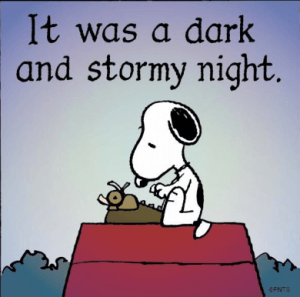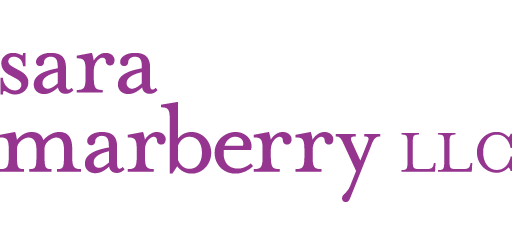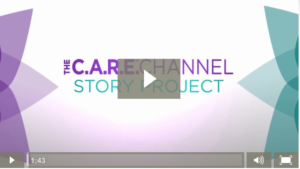 I listen to a weekly podcast where the host Michael Stelzner interviews experts about topics related to social media marketing. At the beginning of the podcast, Michael always asks his guest to share their story of how they got into doing what they are doing now.
I listen to a weekly podcast where the host Michael Stelzner interviews experts about topics related to social media marketing. At the beginning of the podcast, Michael always asks his guest to share their story of how they got into doing what they are doing now.
I love that part of the podcast. Why? Because it humanizes and connects me to the person whose voice I hear through my earbuds.
That’s the real power of stories.
And it’s why I think every presentation should start with a story. It doesn’t necessarily have to be your story, but it should be a story about something related to what you’re going to talk about that will engage your audience and get them to relate to you.
Many of you probably have client/customer testimonials on your website or in your marketing materials. Which is all well and good, but pretty boring in this age of video marketing.
A few years ago, when I started working with Healing HealthCare Systems (HHS) — producers of The C.A.R.E. Channel — I was amazed by the number of patients and staff who shared their stories on a WEEKLY basis with the HHS staff.
HHS was collecting these and posting some of them on its website and sharing with potential clients. But it was missing a big opportunity to capture these stories on video.
So, we started “The Story Project,” sending the C.A.R.E. Channel production team out to interview patients and staff. I’m proud to say that the first of these videos will be launching soon. View the 90 second preview trailer:
Powerful stuff, huh?
I’ll bet that most of you could come up with some interesting stories from your clients/customers to videotape and share.
Or, if you work for a healthcare architecture and design firm, how about doing an interview with your colleagues about why they became architects/designers and what is it about healthcare design that they love?
If you work for a healthcare organization and you’ve just opened a new building, capture and share some stories about the people who helped design and construct the project.
And if you work for a product manufacturer, how about an interview with the company founder or president about how the company started and why it decided to start producing products for healthcare?
The possibilities are endless. Telling stories in presentations instead of just sharing bullet point data is also a very powerful way to engage your audience.
What ways have you used the power of stories that have worked?
P.S. Please do me a favor — if you liked this post and like this blog, please share it with others by sending them the link and/or post it on your Twitter, LinkedIn, or Facebook, etc. Also, don’t forget to subscribe, so you’ll get emails when new content is posted. Thanks!
Photo credit: Snoopy Facebook page
If you like this post, please share.

What’s my story? I’m a healthcare and senior living design knowledge expert who writes and speaks frequently about trends and issues affecting these two industries. I’m also a strategic marketing consultant and content creator, working with companies and organizations who want to improve the quality of healthcare and senior living through the design of the physical environment. You can reach me at sara@saramarberry.com.



2 Responses
You provide great advice! What you said about story-telling in business is also true in education. I’m always advising students to share their stories when they write college admissions essays, or using a story to start a speech or even an analytical paper. There is great power in a well-told story!
Very true – stories are great in many settings! Thanks for your comment, Sue.